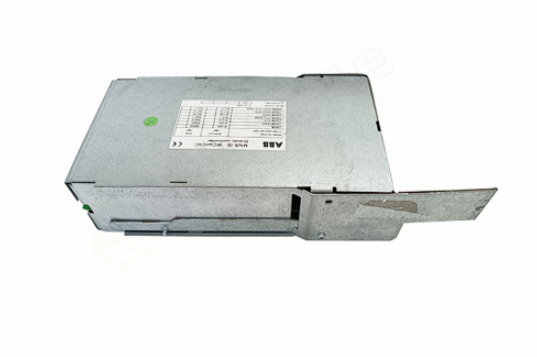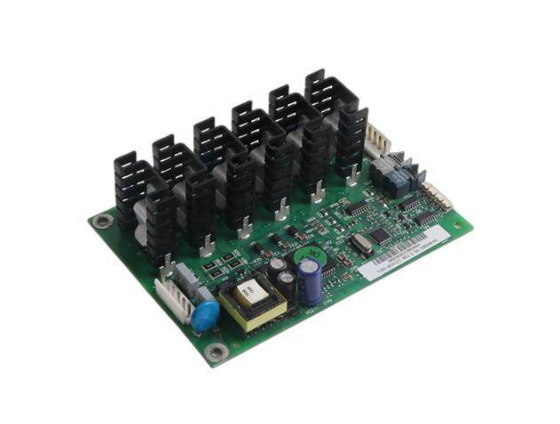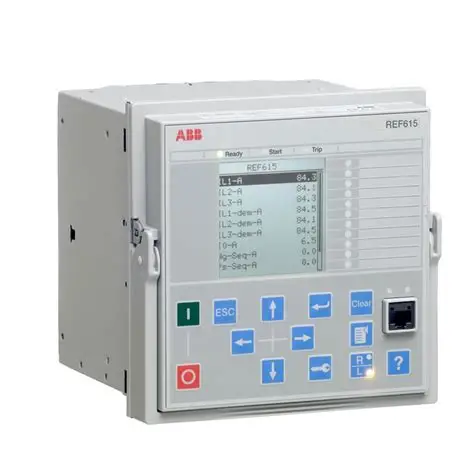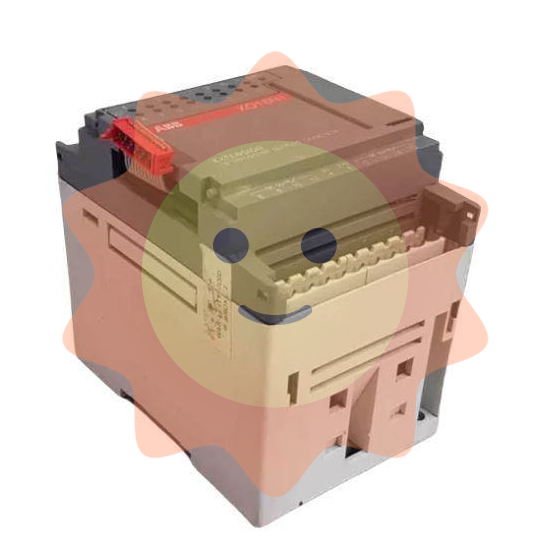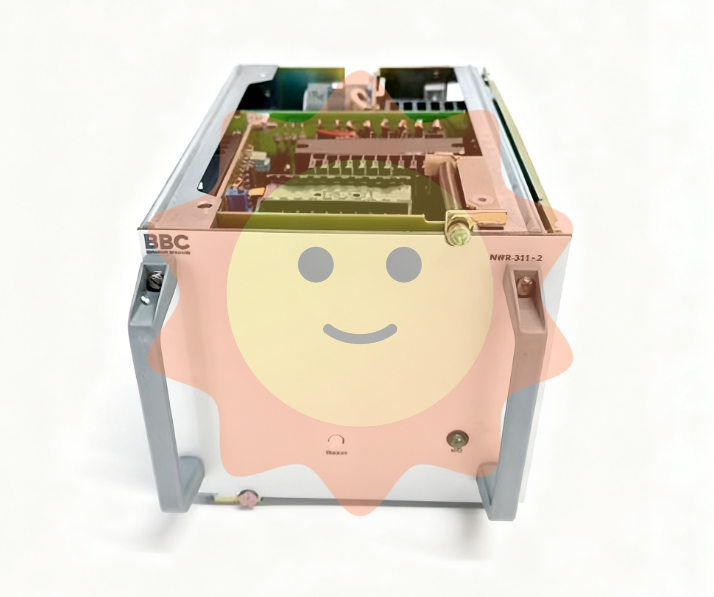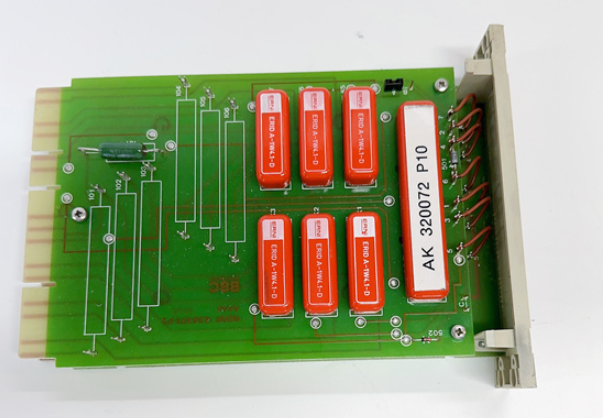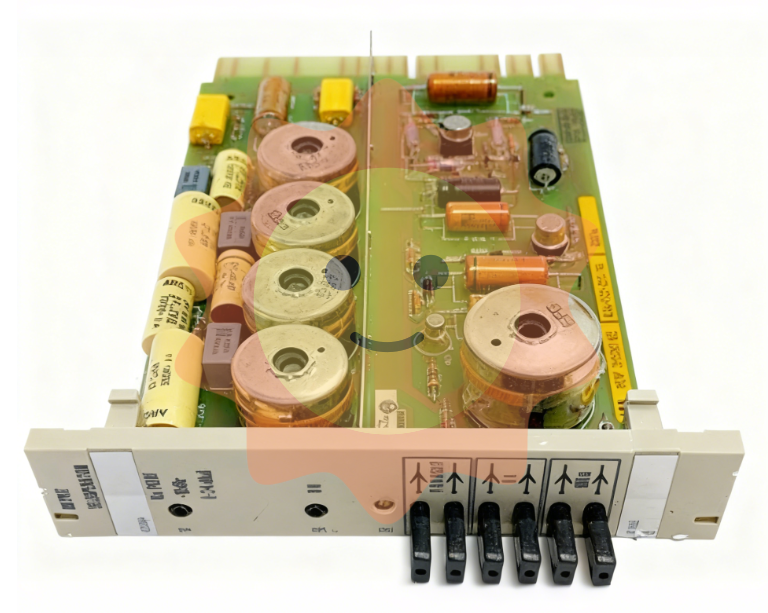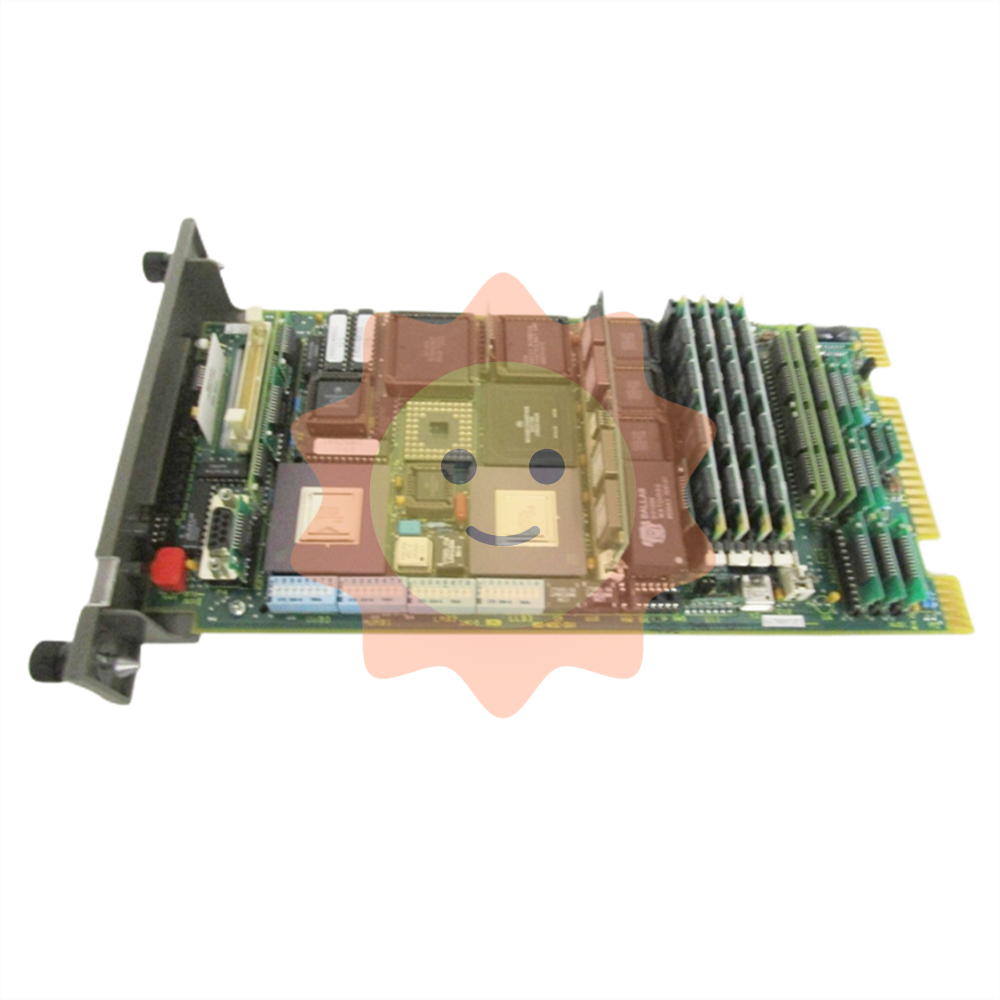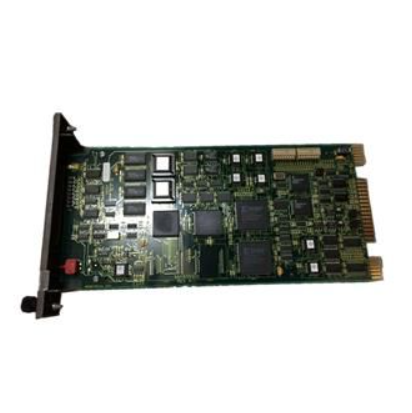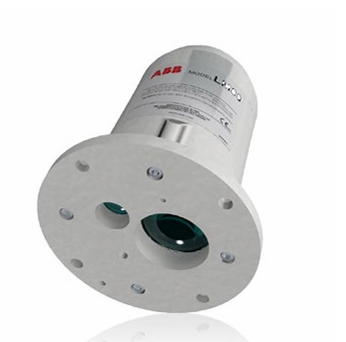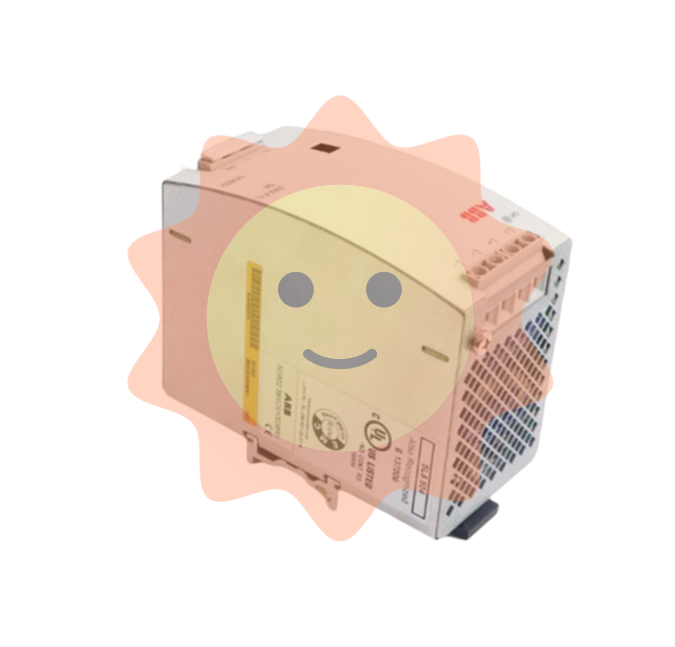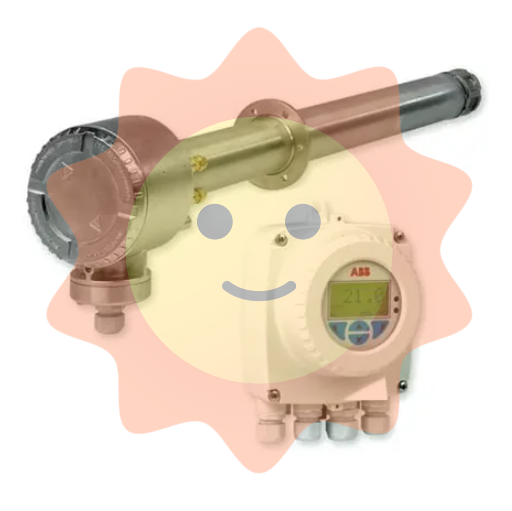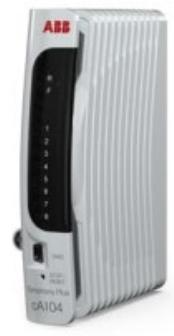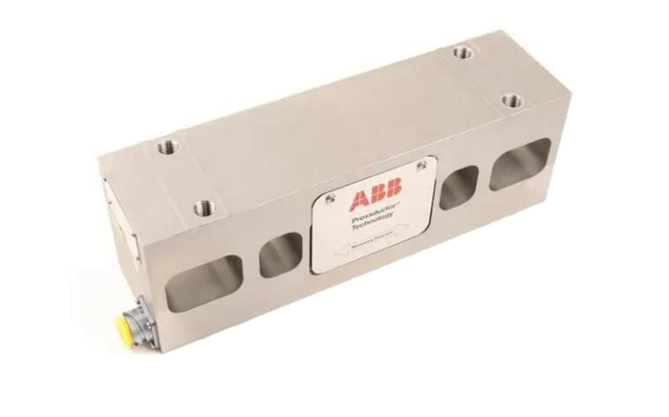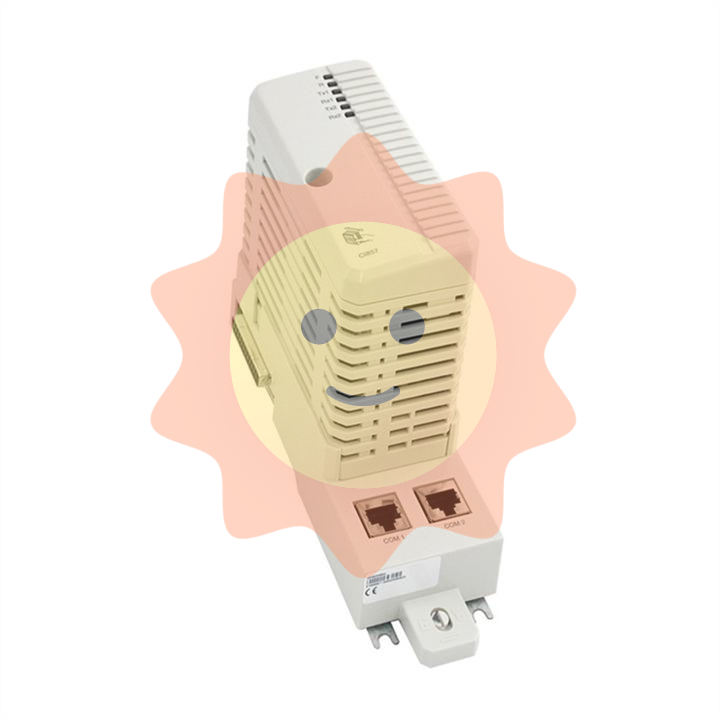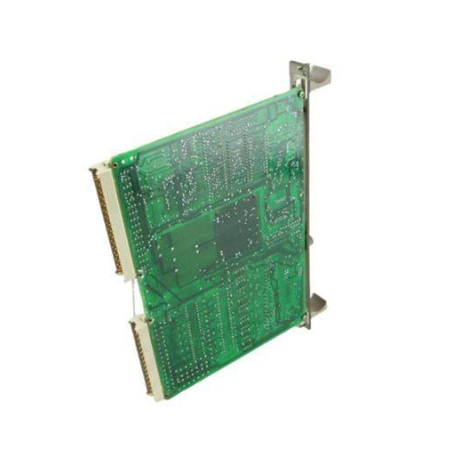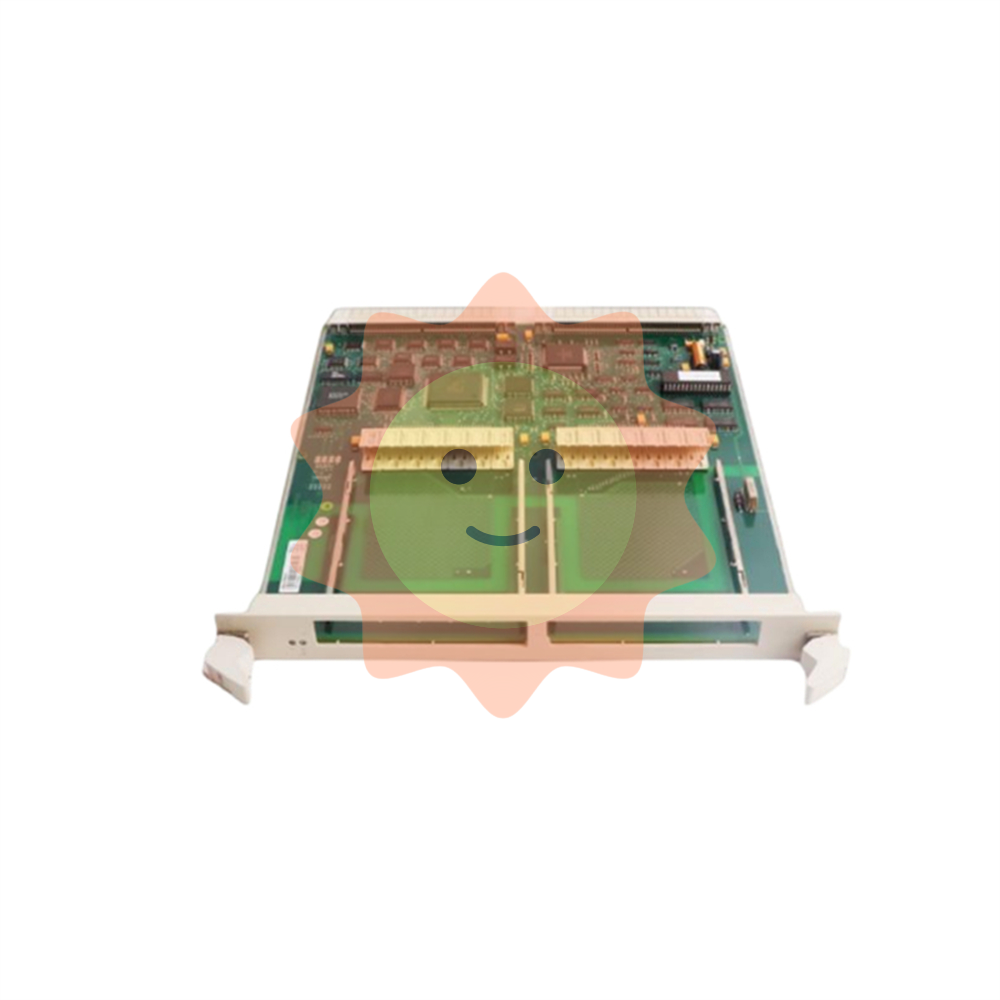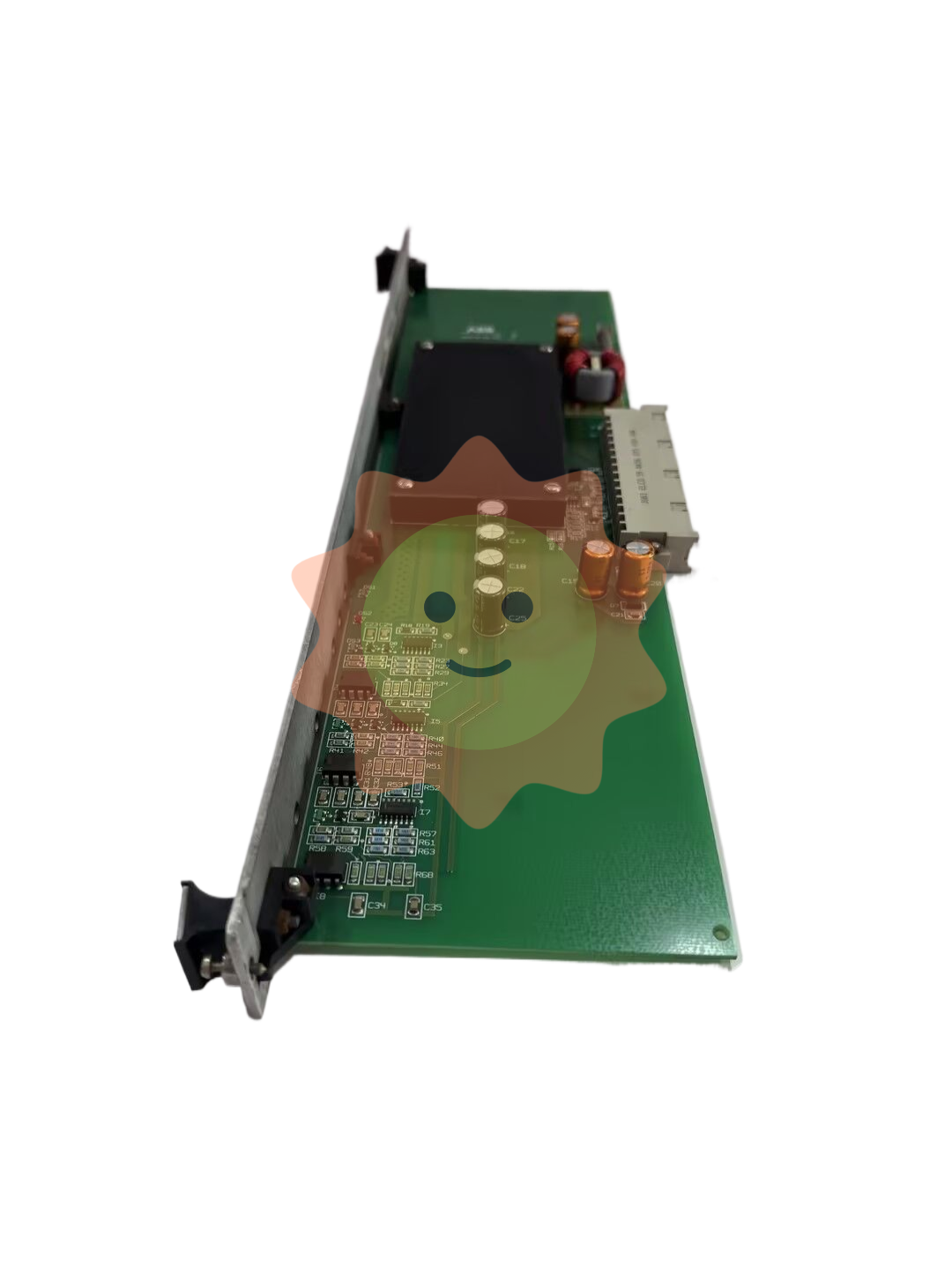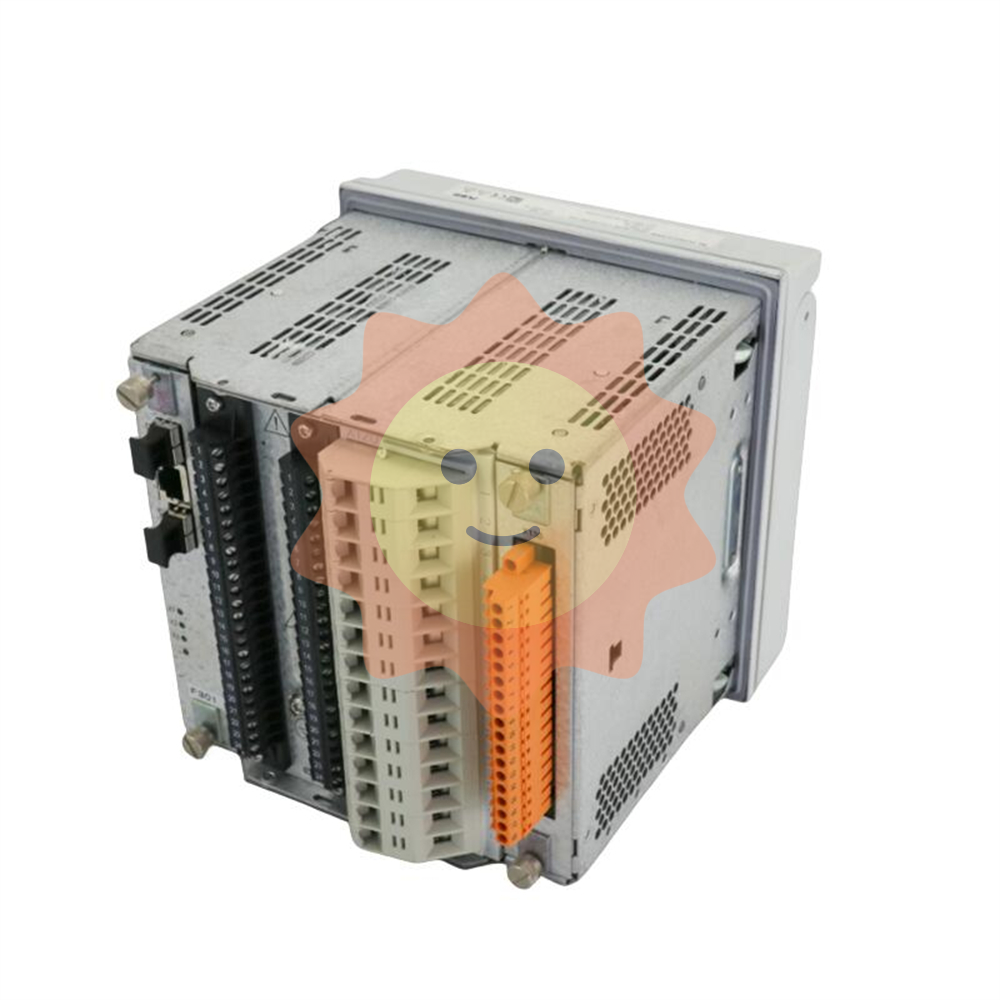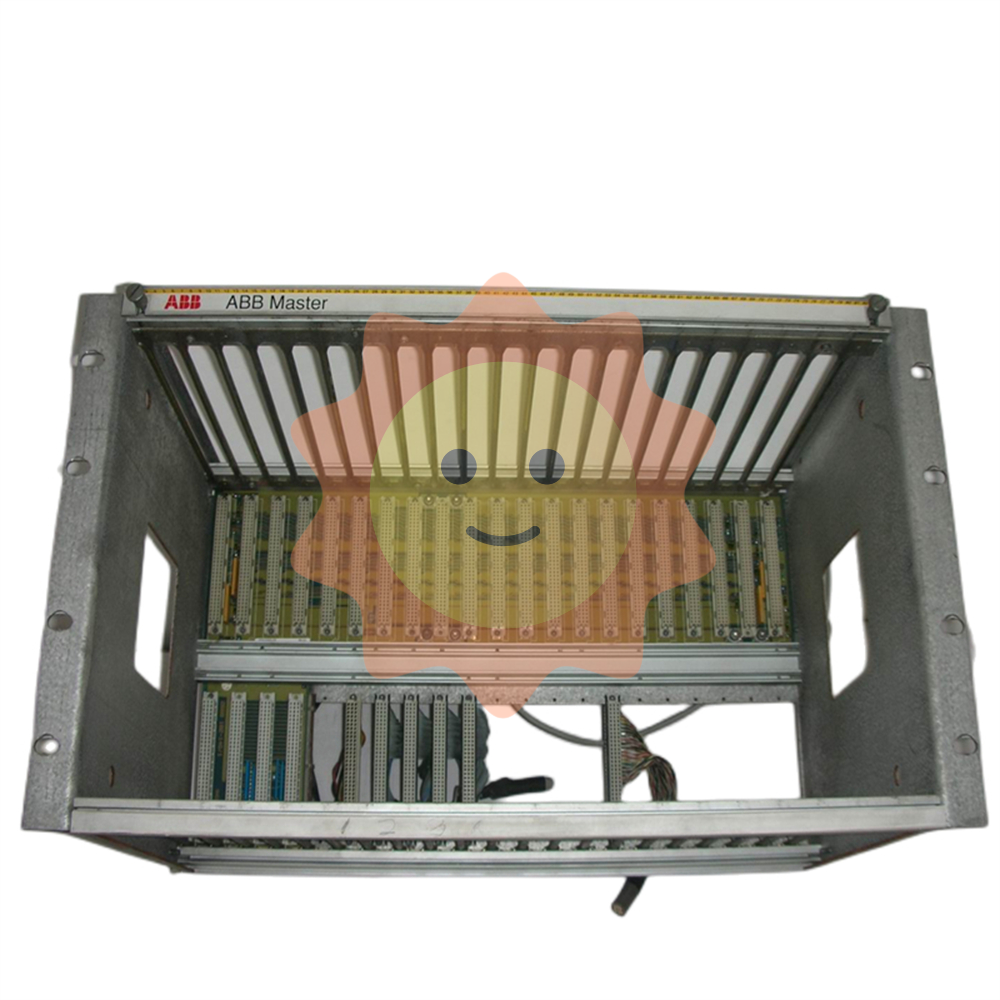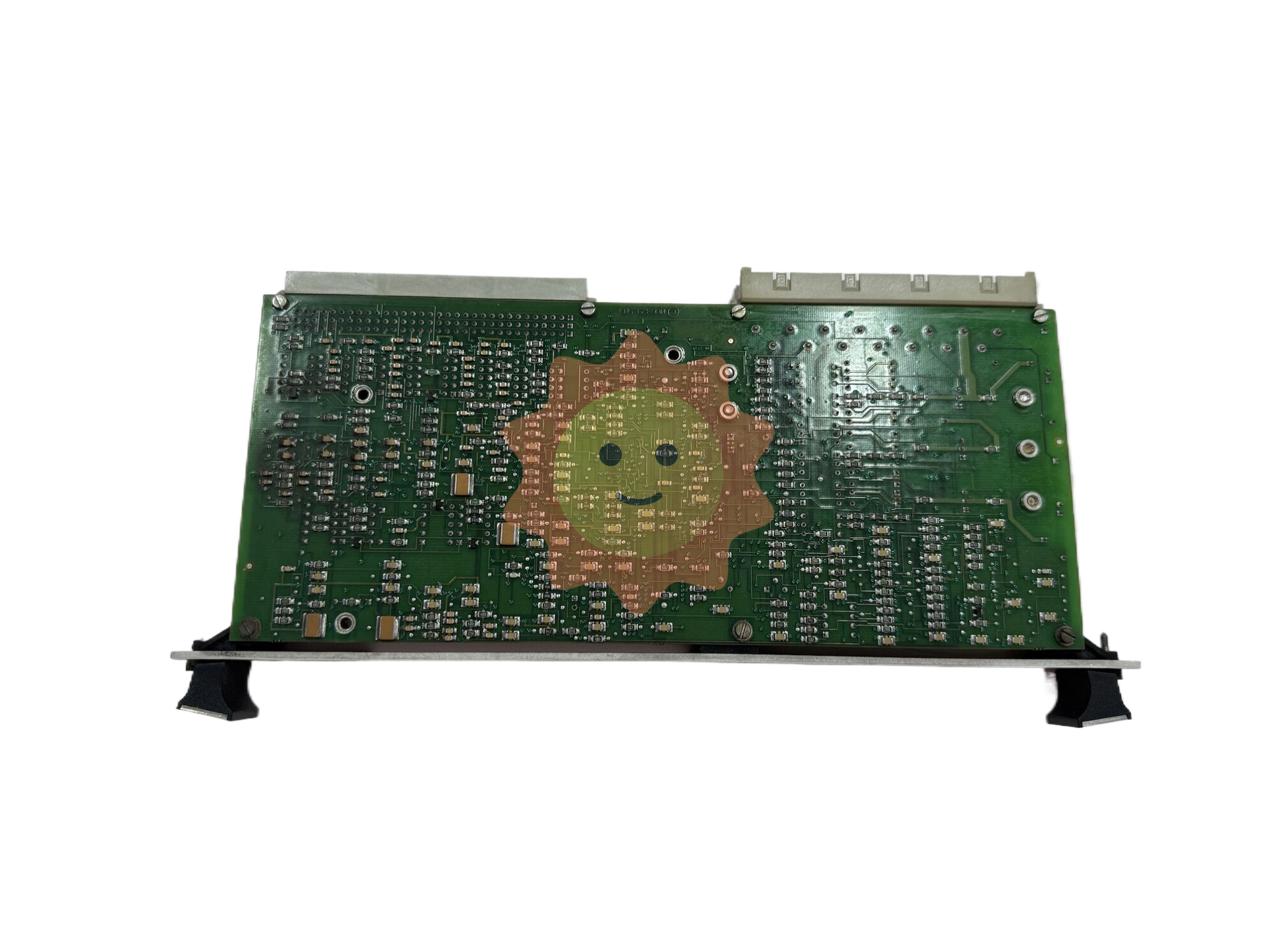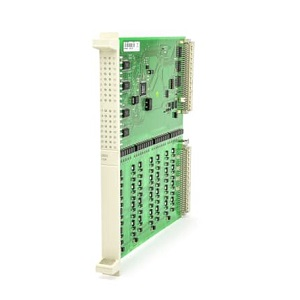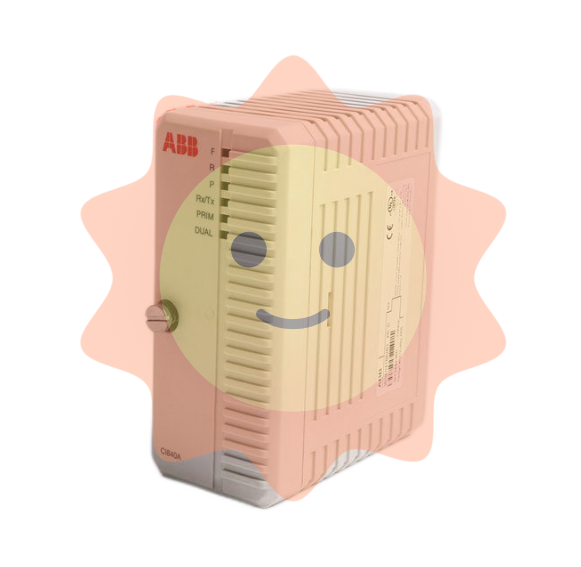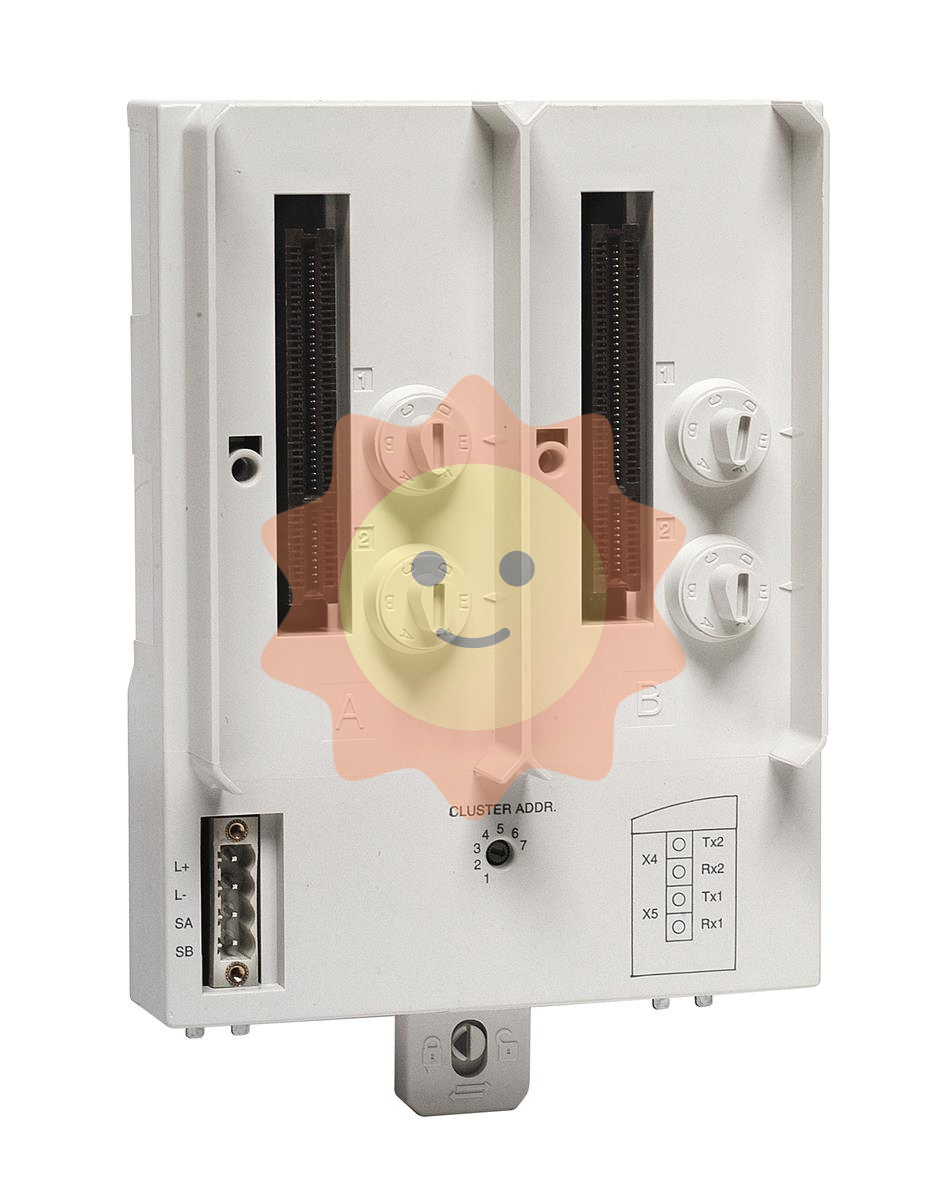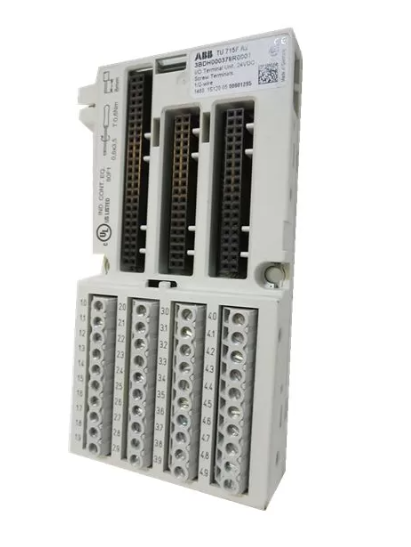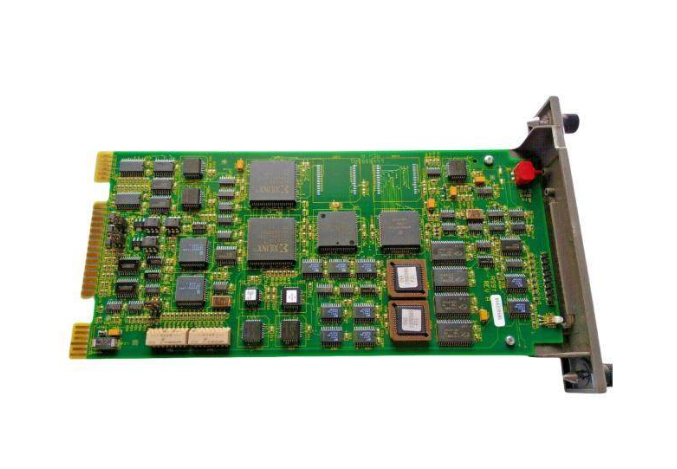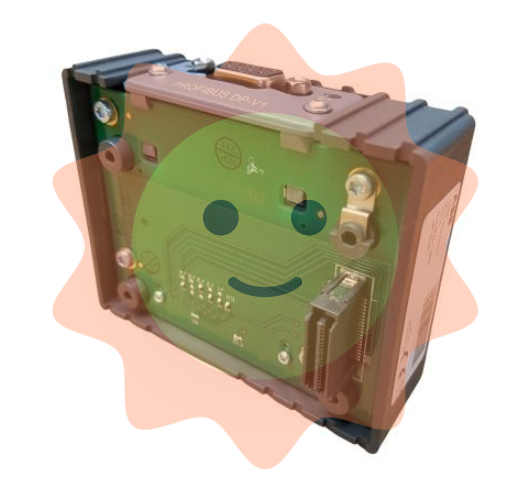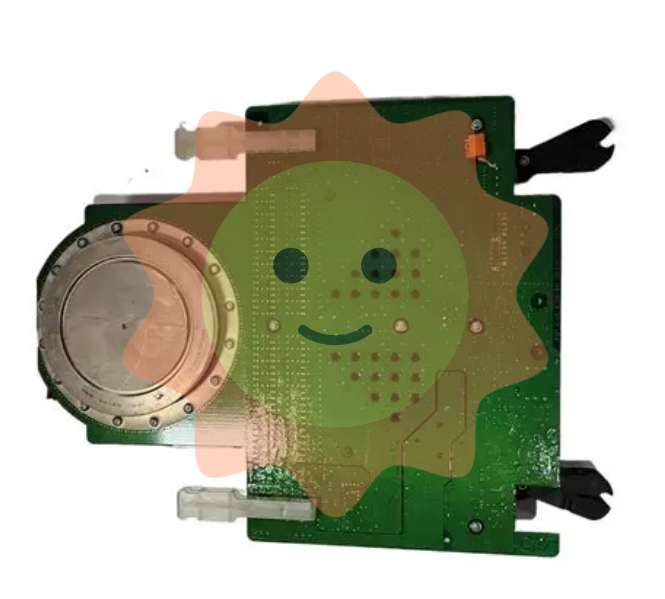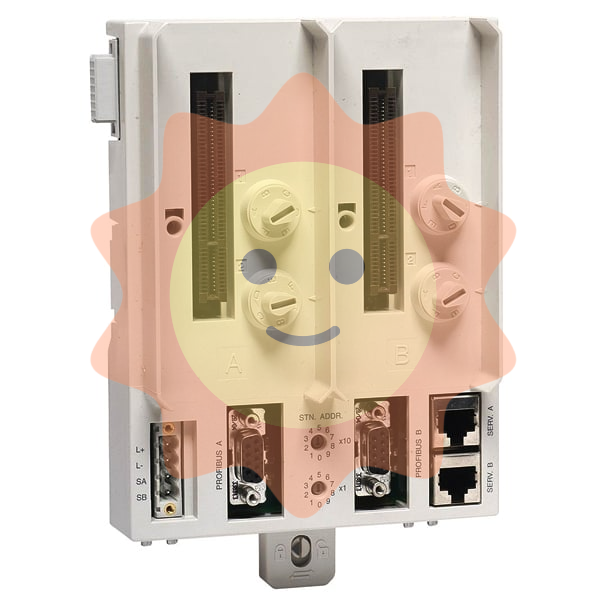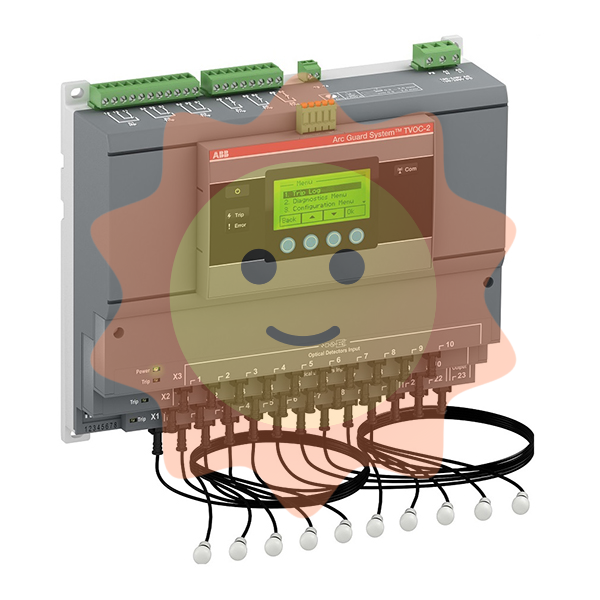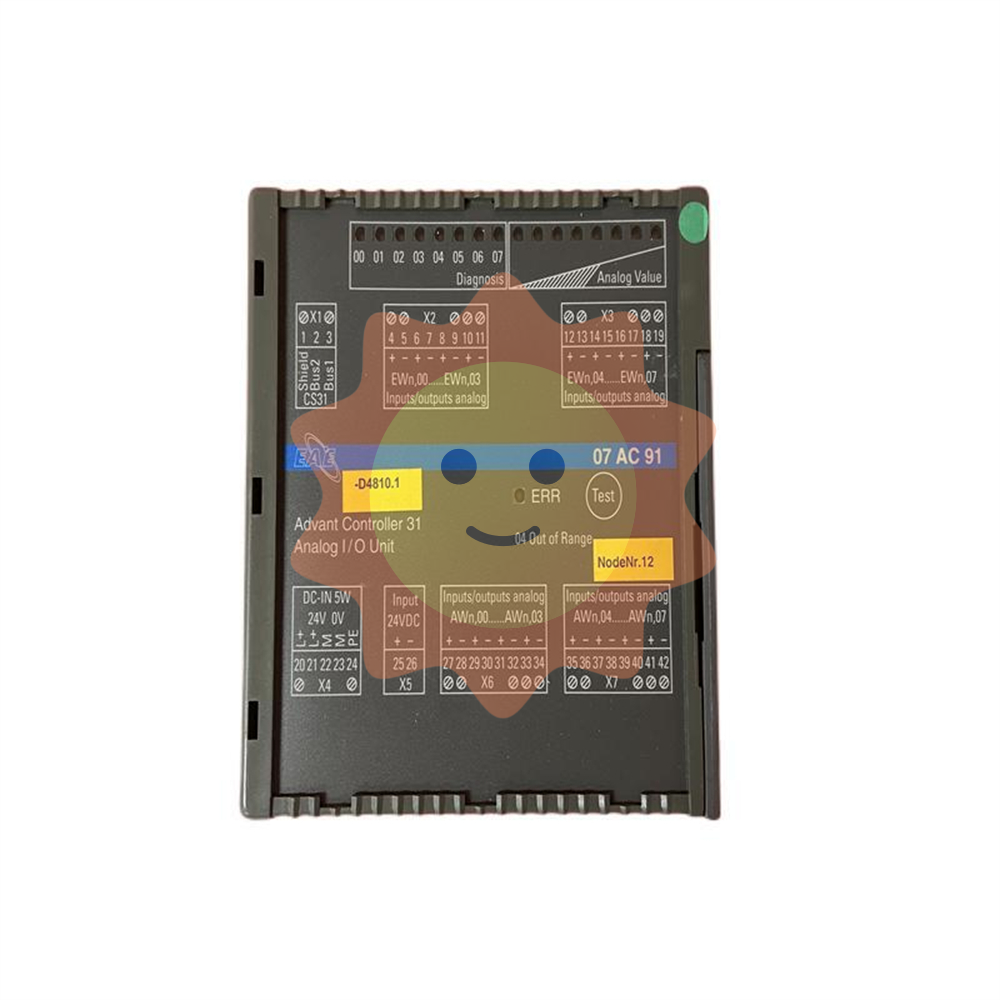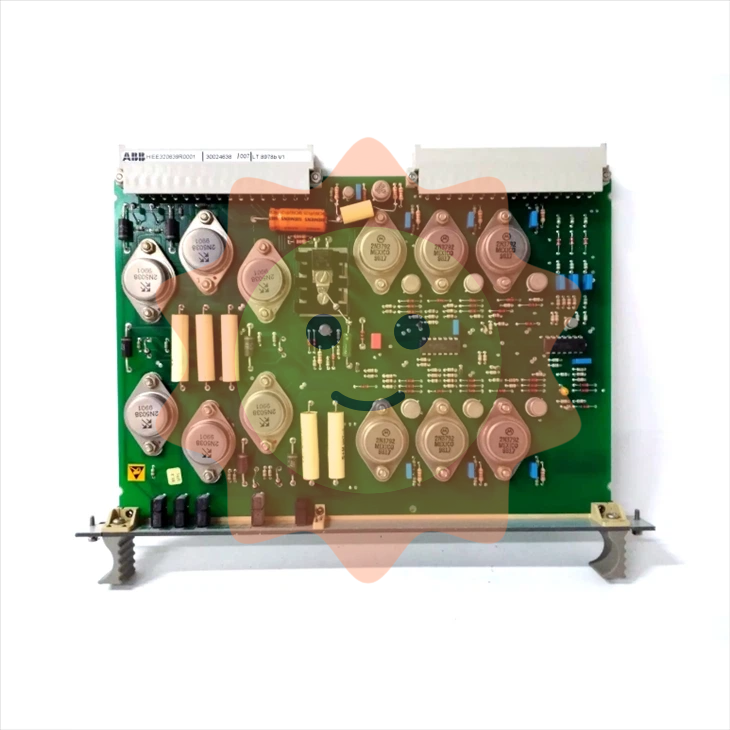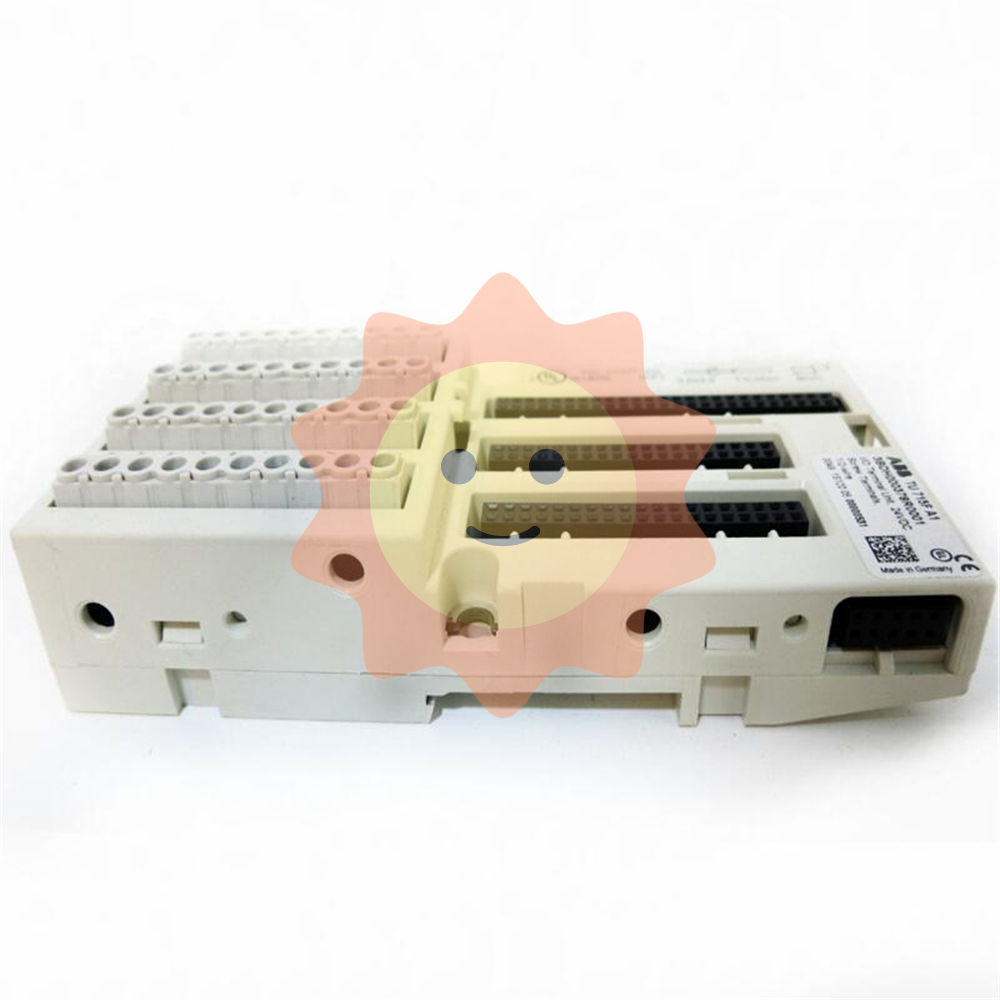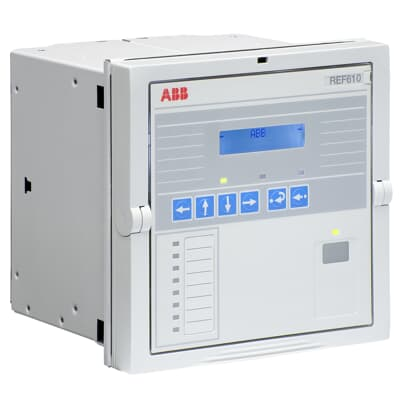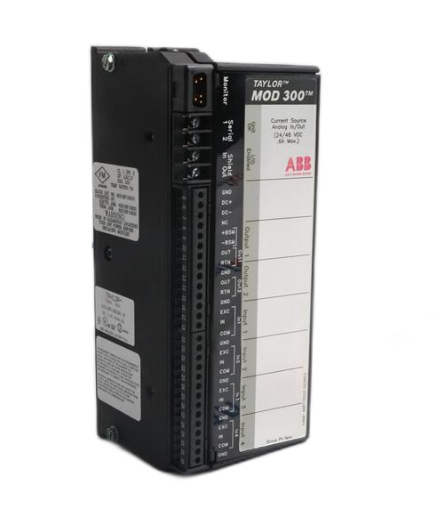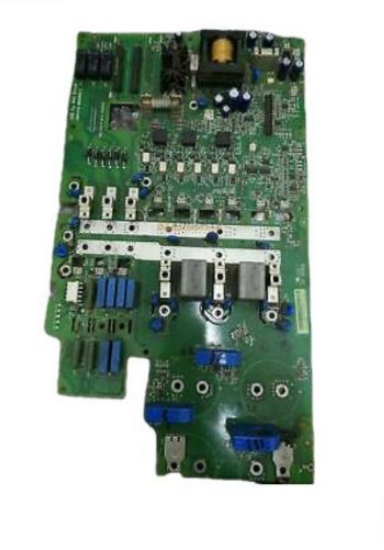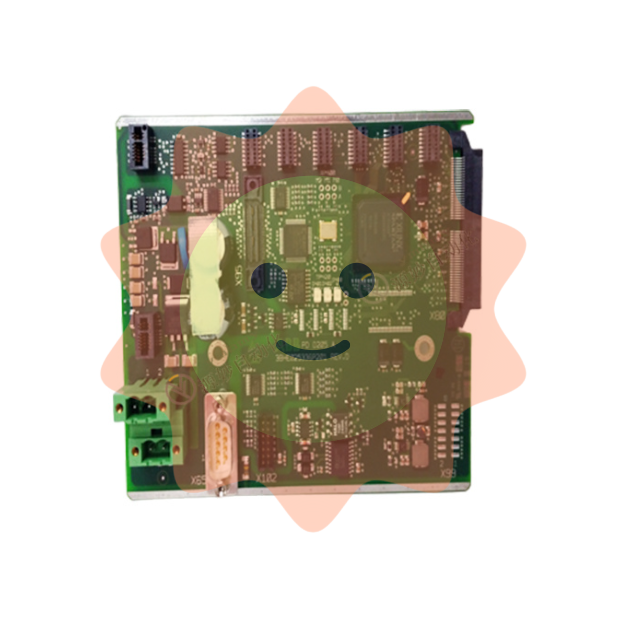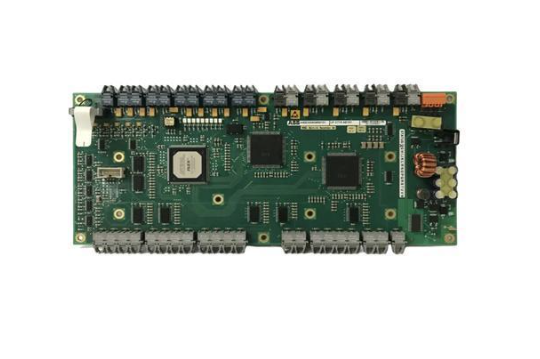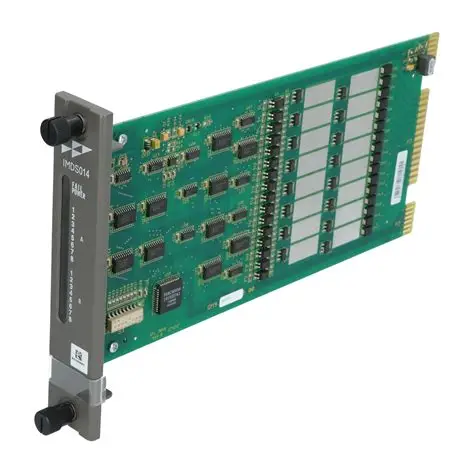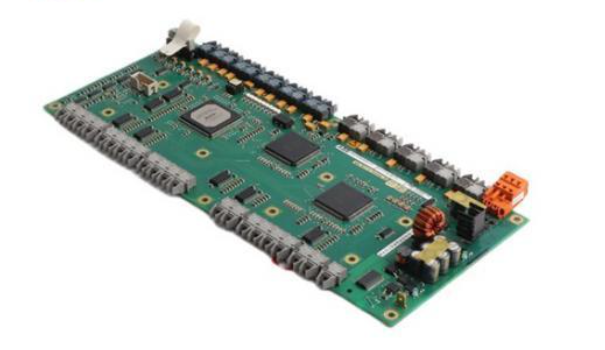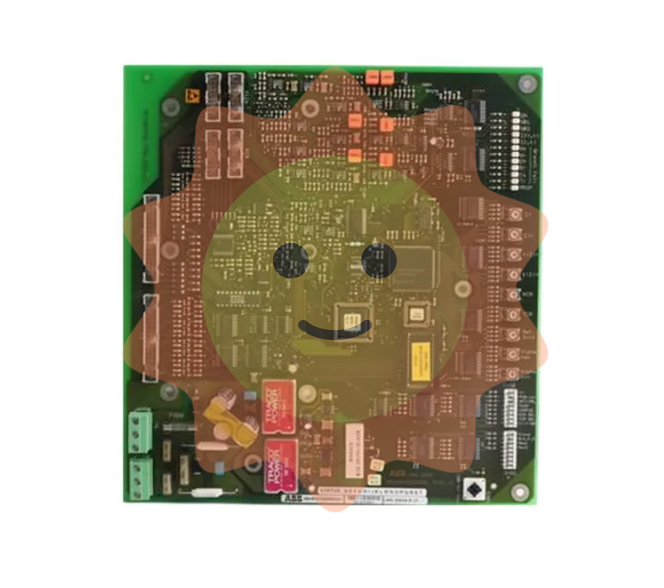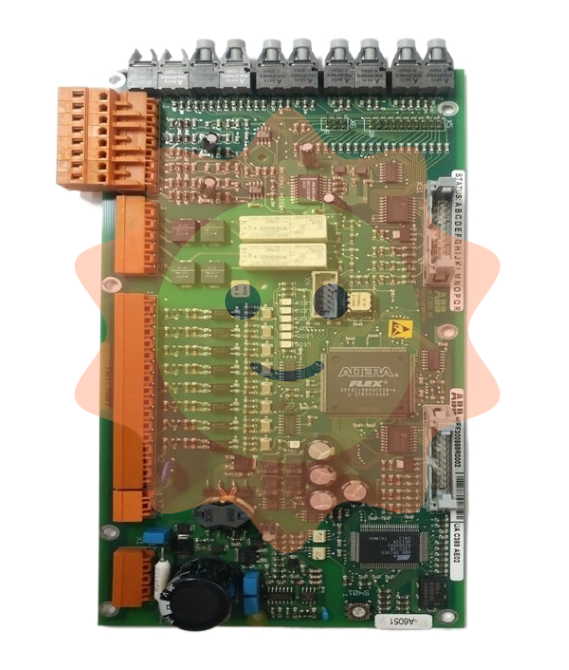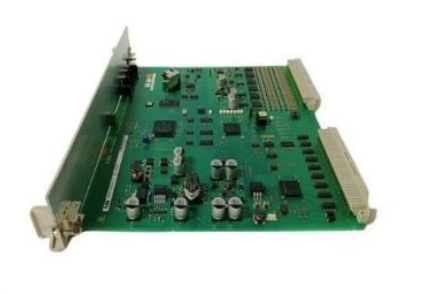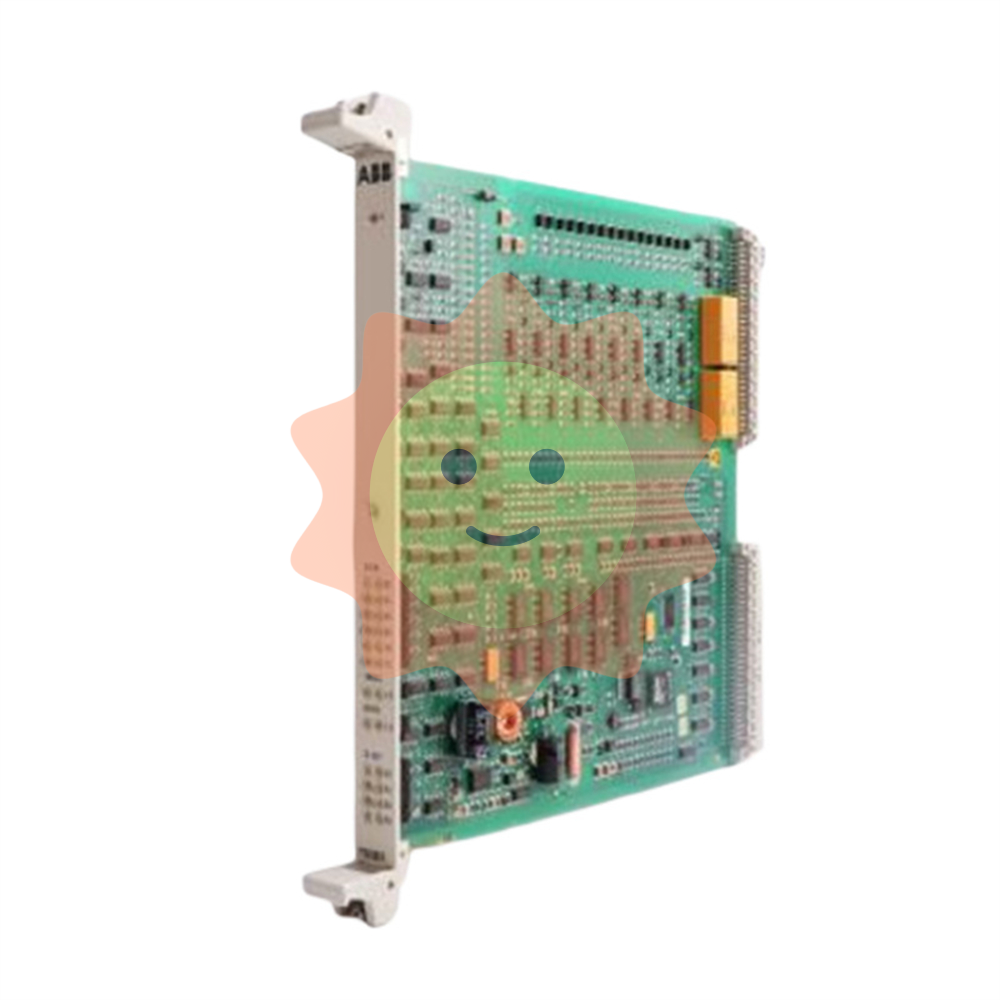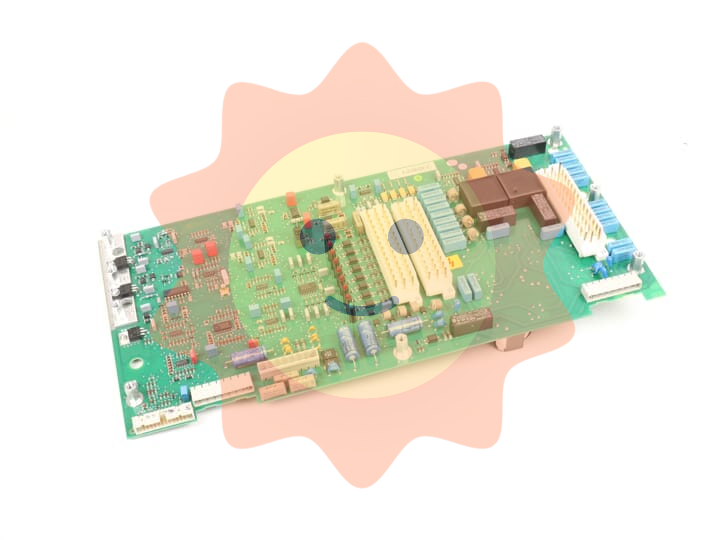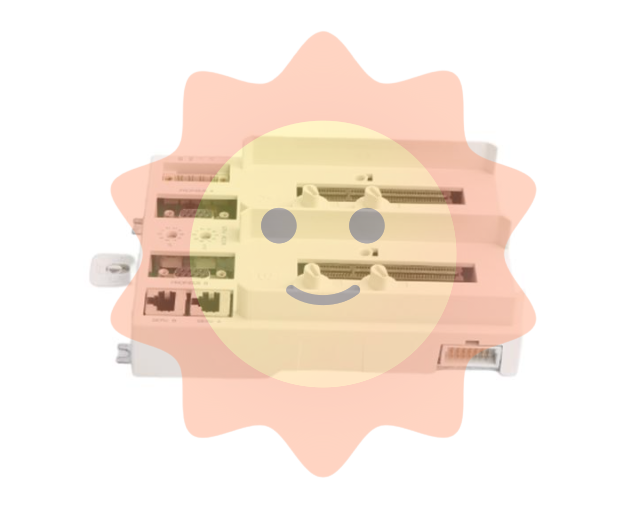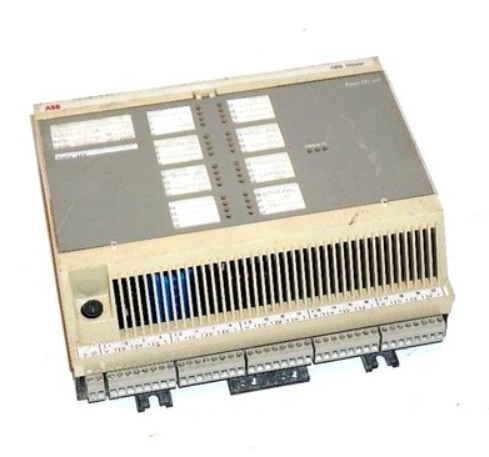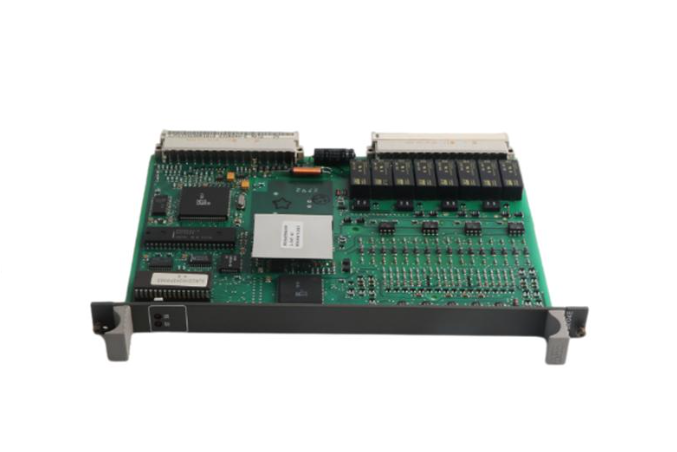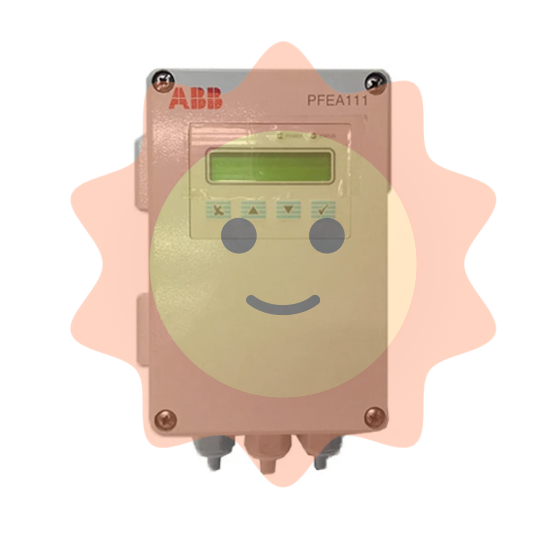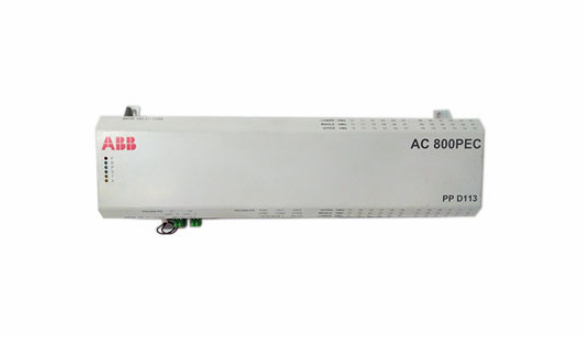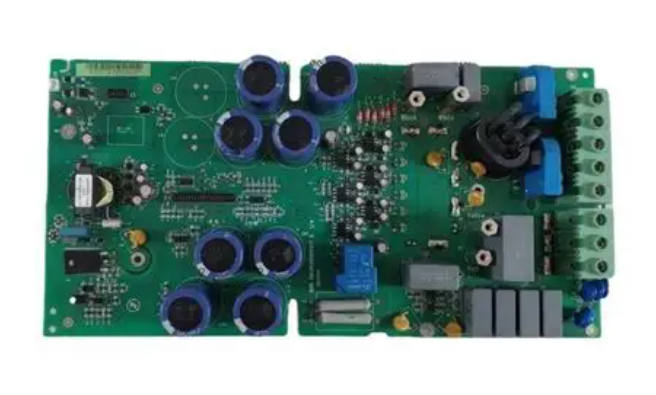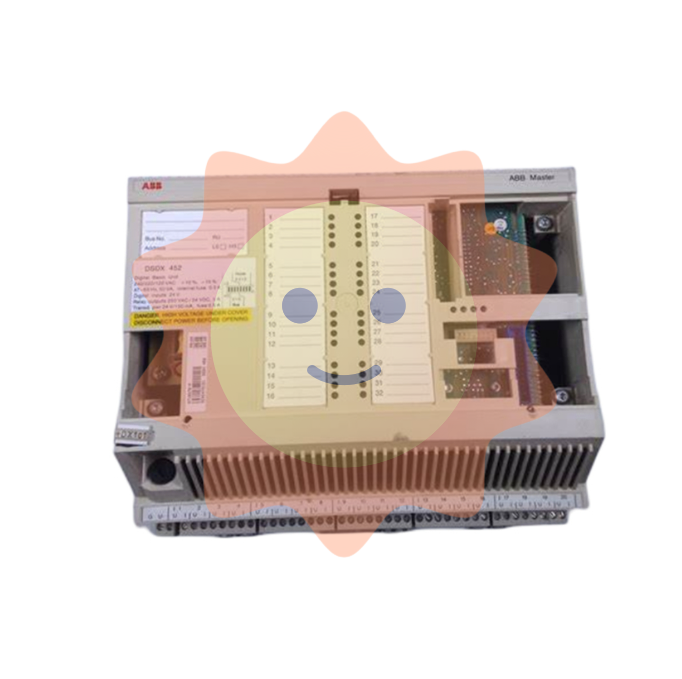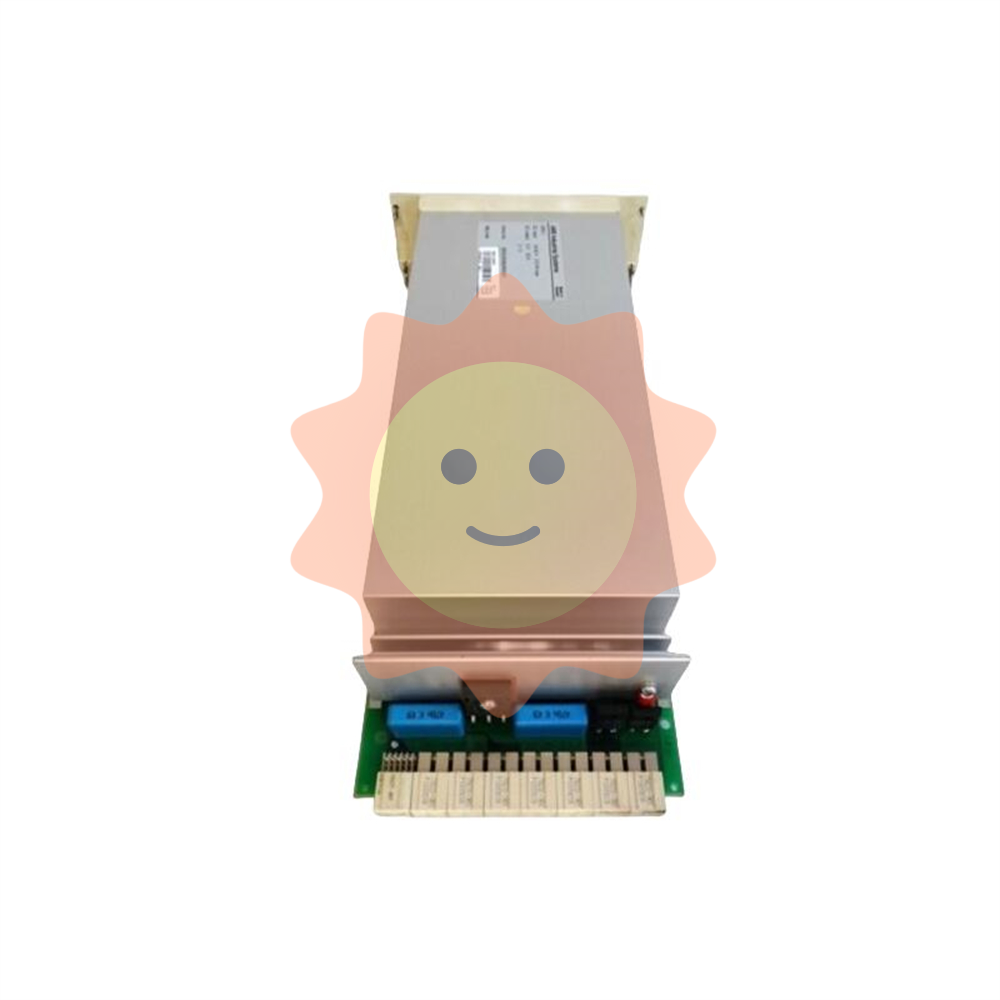Based on the dual perspective of family care needs and family care providers
First, the question raised: How to effectively respond to China's demographic transition with social policy transformation
At present, China's population transformation is continuing, and the population is approaching the stage of stopping the growth of its size, and entering a more drastic and profound age structure change, and the main contradiction of population is changing from total pressure to structural challenges. Among them, population aging caused by the increase in the median age of the population is a major demographic structural challenge facing China. According to the data released in the Statistical Bulletin of the National Economic and Social Development of the People's Republic of China in 2021, the proportion of the population aged 65 and above will reach 14.2% in 2021, marking that China has officially entered the "aging society" from the "aging society", and the aging population is facing an increasingly severe situation. The whole field of economic operation, all links of social construction, many aspects of society and culture, as well as the comprehensive strength of the country and international competitiveness will be more directly and strongly affected.
In fact, population aging is one of the most prominent development realities that China has faced since entering the 21st century, and it will run through the whole process of building a socialist modern country. At the time of China's completion of the building of a moderately prosperous society in all respects and the realization of the first centenary goal on schedule, the population cohort formed by the first birth peak period (1950-1958) after the founding of New China has entered the age period. By 2035, when the modernization goal is basically achieved, the population cohort formed by China's second birth peak period (1962-1975) will gradually enter the old age. Around the time of building China into a modern socialist country by 2050, the population cohort formed by China's third birth peak period (1981-1994) will gradually enter the old age. Therefore, in the process of building a socialist modern country in an all-round way, China must establish and improve institutional arrangements and policy reserves to actively cope with population aging.

However, structural imbalances in China's current social policy system make it difficult to respond to the long-term challenges of the "aging population" transition. One is the imbalance between income maintenance/cash security and social services/service security. Income risk protection for the elderly (mainly pensions) accounts for a considerable part of China's social security expenditure, while family support policies to ease the burden of family care and improve the quality of life of the elderly generally adopt the policy thinking of social assistance, focusing only on low-income groups and maintaining at a low level. The imbalance of policy project design makes the goal function of social policy unbalance. The relatively perfect income risk protection policy enables individuals to maintain a certain standard of living no longer relying on family and employment units, which leads to the weakening of incentives for marriage and childbearing behaviors of some groups: because they do not need to rely on family and children to obtain income risk protection, many people will choose not to marry or marry late, and give birth late, less or no children. At the same time, the average family actually cannot get effective support from social policies for elderly care, illness and disability care, and when the cost of caring for the elderly is fully borne by the family, most families may have to choose to have fewer children, or reduce the actual quality of life of the elderly. Such structural imbalances and their exacerbation do not help to effectively regulate marriage and childbearing incentives for individuals, nor can they address the challenges of an aging population in the long run.
The second is the imbalance between family care service needs and family care service providers. In the limited practice of family support policies for long-term care of the elderly and in the current family support policy discussion, the quality of life of the elderly is regarded as the sole policy focus, while the second group of target groups of family support policies - family care service providers are ignored. On the one hand, many family support policies generally adhere to the policy idea of social assistance, which is later than the provision of inclusive social services to ordinary families, and in fact, the responsibility of caring for the elderly is family-oriented. In China's current practice of family gender division of labor, the domesticalization of care responsibilities often leads to the feminization of family care services. This will have a negative impact on the employment and social security rights of female family members. On the other hand, in public social service policy discussions and local innovations such as long-term care insurance, benefits are mainly paid to the elderly, but support for family care service providers, especially women (spouses, daughters-in-law, etc.) who provide care services is neglected. This unbalanced treatment and payment strategy leads to the female labor force being unable to fully engage in market-oriented and paid work due to the need to take care of their families. One of the long-term effects of an ageing population is a reduction in the effective supply of Labour. How family support policies can help women balance work and family in order to increase women's effective labor force participation and cope with the long-term crisis in labor supply is becoming increasingly important.

Therefore, in the specific policy context of the implementation of the national strategy to actively cope with the aging population, China should build a family support policy system with Chinese characteristics for both the supply and demand of family care services, with the direction of home-based care for the elderly.
Second, support or replacement: the theoretical logic behind the family support policy issue
The family is the most important provider of social welfare. Worldwide, families are responsible for almost 90 per cent of care, counselling, education, child protection, health care and policing. [1] With the advancement of industrialization and urbanization, the traditional social security function of the family is gradually weakening, and the social problems transformed from common family problems begin to increase. The government has to formally intervene and establish some social policies to make up for the lack of family functions and resolve social risks.
After the 1970s, in western developed countries, the family, which had long been regarded as stable and unchanged, has undergone drastic changes: the family size is becoming smaller and smaller, the divorce rate is rising, the proportion of female employment is increasing, and non-traditional family forms and problems such as unmarried cohabitation, "empty nest family" and "single parent family" continue to appear. The diversification of family forms has led to a series of social problems and corresponding policy needs, such as the comprehensive care of empty nest families, and requires governments to respond to it. Similar changes in family structure and shape also began to appear in China during the same period. The stable low fertility level, rapid population aging, large-scale population migration, and continuous improvement of industrialization and urbanization have all impacted the family as the most basic unit of social organization, and jointly promoted the miniaturization and centralization of Chinese family structure, thus weakening the ability and function of families to care for the elderly.
At the same time, for a long time, China's family policy still mainly adopts the policy idea of social assistance, that is, focusing on problem families and vulnerable groups who have lost family support, such as the "three no objects" in urban areas and the "five guaranteed households" in rural areas. In most cases, members of society must first rely on the family to meet their survival and development needs, and the government and society will only intervene in an emergency manner when there is a large-scale crisis or difficulty in the family. [2] Since the 1990s, China has increasingly emphasized the function of family security, and "responsibility sharing" with the participation of families and individuals has gradually become the dominant idea in the construction of a multi-level social security system. However, in policy practice, China not only lacks universal and various forms of support for ordinary families, but also ignores the fact that family changes lead to increased vulnerability, ignores the economic and social costs that families need to pay in old-age care, and turns the care responsibility of the elderly into a family. The lack of formal family support system has made Chinese families face many development difficulties, and the lack of family development has brought great challenges to the long-term balanced development of population and even the normal operation of modern society. Therefore, it is urgent for China to build a home-based family support policy. In other words, a variety of home care support should be provided to families from the perspective of strategic development to stimulate their willingness and ability to assume the responsibility of home care, rather than simply transferring the responsibility to families.

However, any formal social protection system established outside the family only shares, not replaces, the functions and responsibilities of the family to varying degrees and in different ways. [3] The understanding of family functions and responsibilities, that is, how the family and the government, the community and other social systems should share the responsibility for providing welfare, has been the most important factor affecting the development and change of social policy. Therefore, the process of social policy development and evolution, in a sense, is also a process of continuous definition and adjustment of the government-family responsibility distribution relationship. Under the background of rapid population aging, the construction of China's home-based family support policy should be committed to "supporting and guiding the development of modern families", that is, reasonably guiding modern families to assume due responsibilities on the basis of inheriting excellent traditional culture, and "effectively supporting the capacity building and sustainable development of modern families". We should pay attention to the continuity of tradition while transcending the limitation of tradition.
Third, the family elderly care support policy system: the comprehensive construction of both the supply and demand of family care services
In general, the construction of home care friendly family support policy should be started from three aspects: first, to create a good social environment for family care; The second is to improve the family support policy for the needy; The third is to establish family support policies for family care providers.
(1) Create a good social environment for family elderly care
"The foundation of the world is in the country, and the foundation of the country is at home." The family is the basic cell of society and the first residence for the aged. Home care for the elderly is the common wish of the vast majority of the elderly, and the elderly service provided by the family with "family temperature" such as life care, spiritual comfort, and affection is difficult to replace any other way of providing for the elderly. Therefore, creating a good social environment for family care is an important part of building a home-care friendly family support policy system.

Praise and respect relatives, filial piety and other traditional virtues. Family and everything, family happiness, respect for the old and love the young, good wife and mother, husband and children, diligent and thrifty, etc., all reflect this concept of the Chinese people." [4] To praise and respect the traditional virtues such as filial piety and filial piety for the elderly, one is to raise the care for the elderly from the moral level to the national policy level, and create a good policy environment for family elderly care. Guide the whole society to positively view the aging society, the elderly and the elderly life, [5] actively carry forward the Chinese traditional virtues and thoughts of gratitude, which are "kindness and filial piety first", "supporting relatives", "respecting relatives" and "sending relatives", and respecting and caring for the elderly; To carry forward the promotion of filial piety for the elderly into the core values of socialist propaganda and education, sublimate it into the social morality of "respecting the elderly" and implement it into professional ethics and personal morality, and build a culture of filial piety for the elderly with national characteristics and characteristics of The Times; We will carry out extensive public education on the national conditions of the aging population, strengthen public education on the preparation for old-age care throughout the life cycle, strengthen cultural education for young people to respect the elderly, love the elderly and help the elderly, and guide people to consciously assume family responsibilities, establish good family customs, and promote harmony between the young and the old.
The second is to carry forward and reform the culture of filial piety, and create a good cultural atmosphere for family pension. On the one hand, the culture of filial piety should be promoted and the family should be encouraged to become the main body of the elderly care, and the culture of filial piety, which was originally the source of the family care for the elderly theory, should be upgraded from a family ethic of "caring for the elderly" to a social ethic of "caring for the elderly", so as to provide cultural support for the supply of socialized elderly care services, promote the coordination of family care for the elderly and socialized elderly care services, and jointly solve the dilemma of home care for the elderly. On the other hand, in combination with the spirit of The Times, the traditional filial piety culture should be creatively consolidated and innovated, the rights and opportunities of the young generation and the old generation in the family should be well coordinated, and the intergenerational relationship should be reasonably adjusted. In the specific handling of intergenerational relations, it is necessary to emphasize that children's "filial piety" and parents' "love" complement each other to achieve proportionate rights and obligations; It emphasizes that children's "filial piety" to their parents should come from love and be fully self-conscious and self-disciplined. It emphasizes on grasping the changes of The Times in the needs of the elderly in modern society, paying attention to keeping the body and mind healthy, and paying attention to letting the elderly obtain spiritual comfort; It emphasizes the balance between the rights and interests of different generations of family members, and focuses on each other at different times to achieve mutual benefit and sharing within the family.
- EMERSON
- Honeywell
- CTI
- Rolls-Royce
- General Electric
- Woodward
- Yaskawa
- xYCOM
- Motorola
- Siemens
- Rockwell
- ABB
- B&R
- HIMA
- Construction site
- electricity
- Automobile market
- PLC
- DCS
- Motor drivers
- VSD
- Implications
- cement
- CO2
- CEM
- methane
- Artificial intelligence
- Titanic
- Solar energy
- Hydrogen fuel cell
- Hydrogen and fuel cells
- Hydrogen and oxygen fuel cells
- tyre
- Chemical fiber
- dynamo
- corpuscle
- Pulp and paper
- printing
- fossil
- FANUC
- Food and beverage
- Life science
- Sewage treatment
- Personal care
- electricity
- boats
- infrastructure
- Automobile industry
- metallurgy
- Nuclear power generation
- Geothermal power generation
- Water and wastewater
- Infrastructure construction
- Mine hazard
- steel
- papermaking
- Natural gas industry
- Infrastructure construction
- Power and energy
- Rubber and plastic
- Renewable energy
- pharmacy
- mining
- Plastic industry
- Schneider
- Kongsberg
- NI
- Wind energy
- International petroleum
- International new energy network
- gas
- WATLOW
- ProSoft
- SEW
- wind
- ADVANCED
- Reliance
- YOKOGAWA
- TRICONEX
- FOXBORO
- METSO
- MAN
- Advantest
- ADVANCED
- ALSTOM
- Control Wave
- AB
- AMAT
- STUDER
- KONGSBERG
- MOTOROLA
- DANAHER MOTION
- Bently
- Galil
- EATON
- MOLEX
- Triconex
- DEIF
- B&W
- ZYGO
- Aerotech
- DANFOSS
- KOLLMORGEN
- Beijer
- Endress+Hauser
- MOOG
- KB
- Moxa
- Rexroth


Email:wang@kongjiangauto.com

